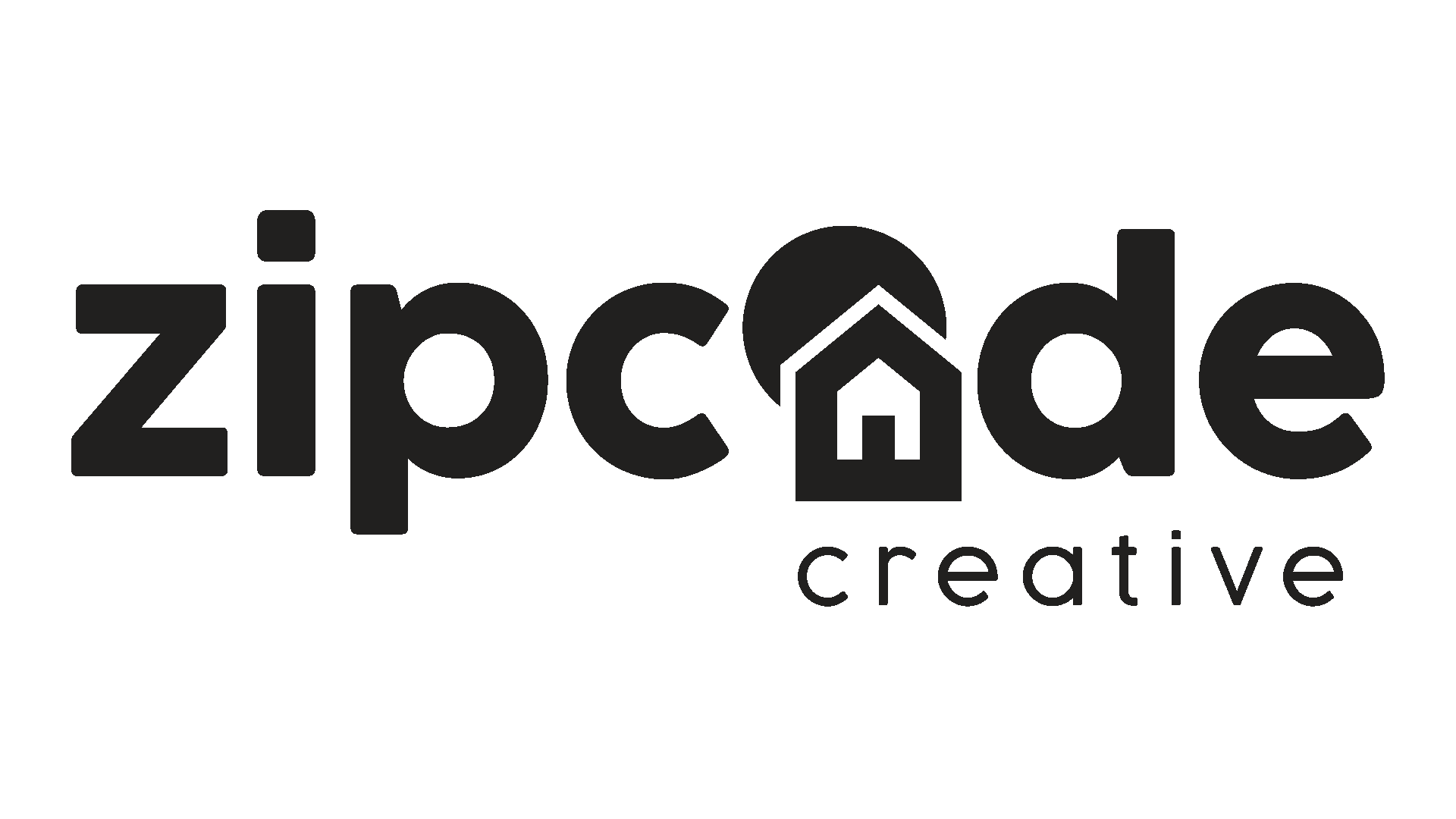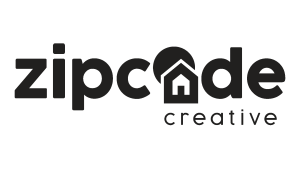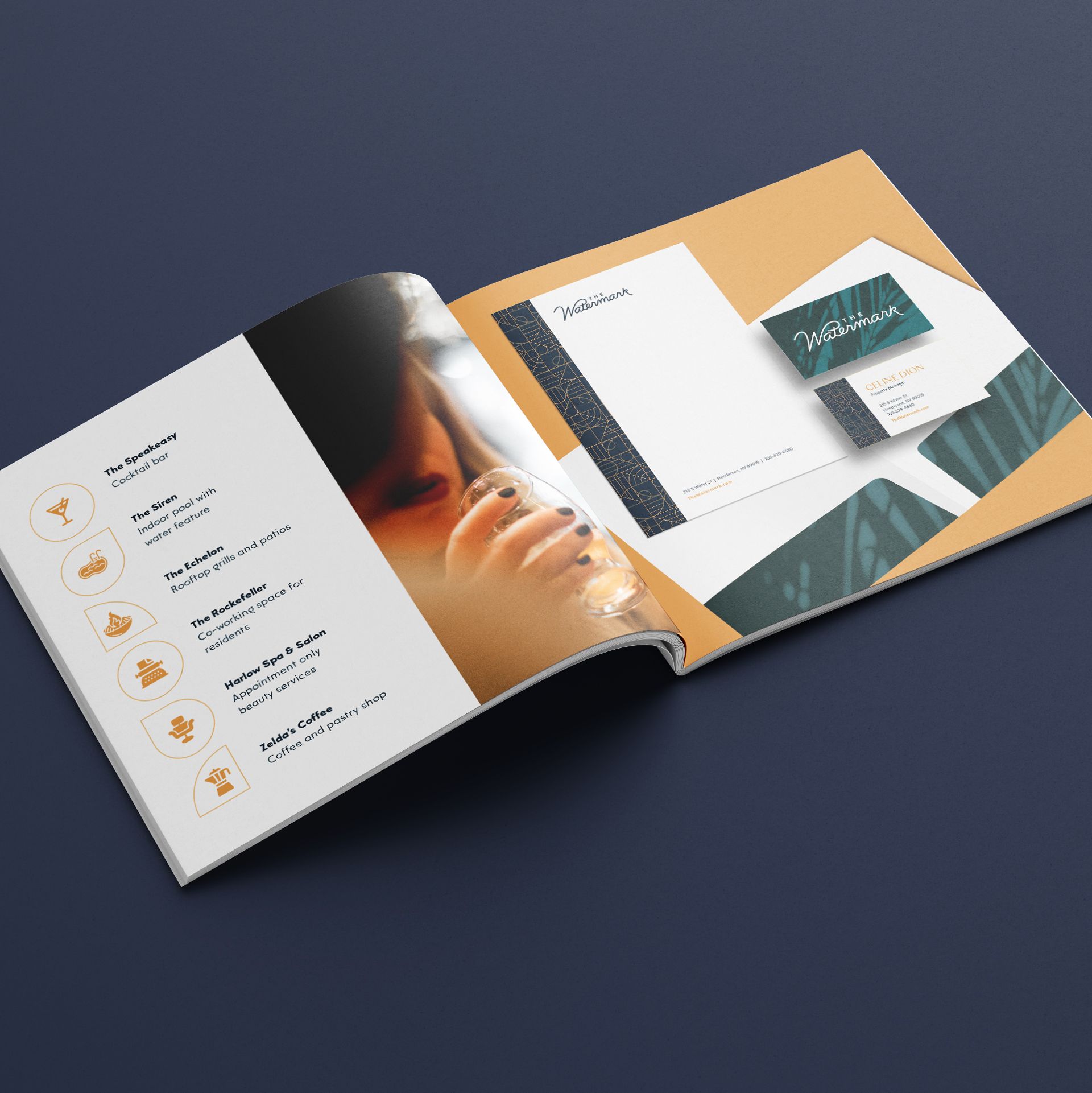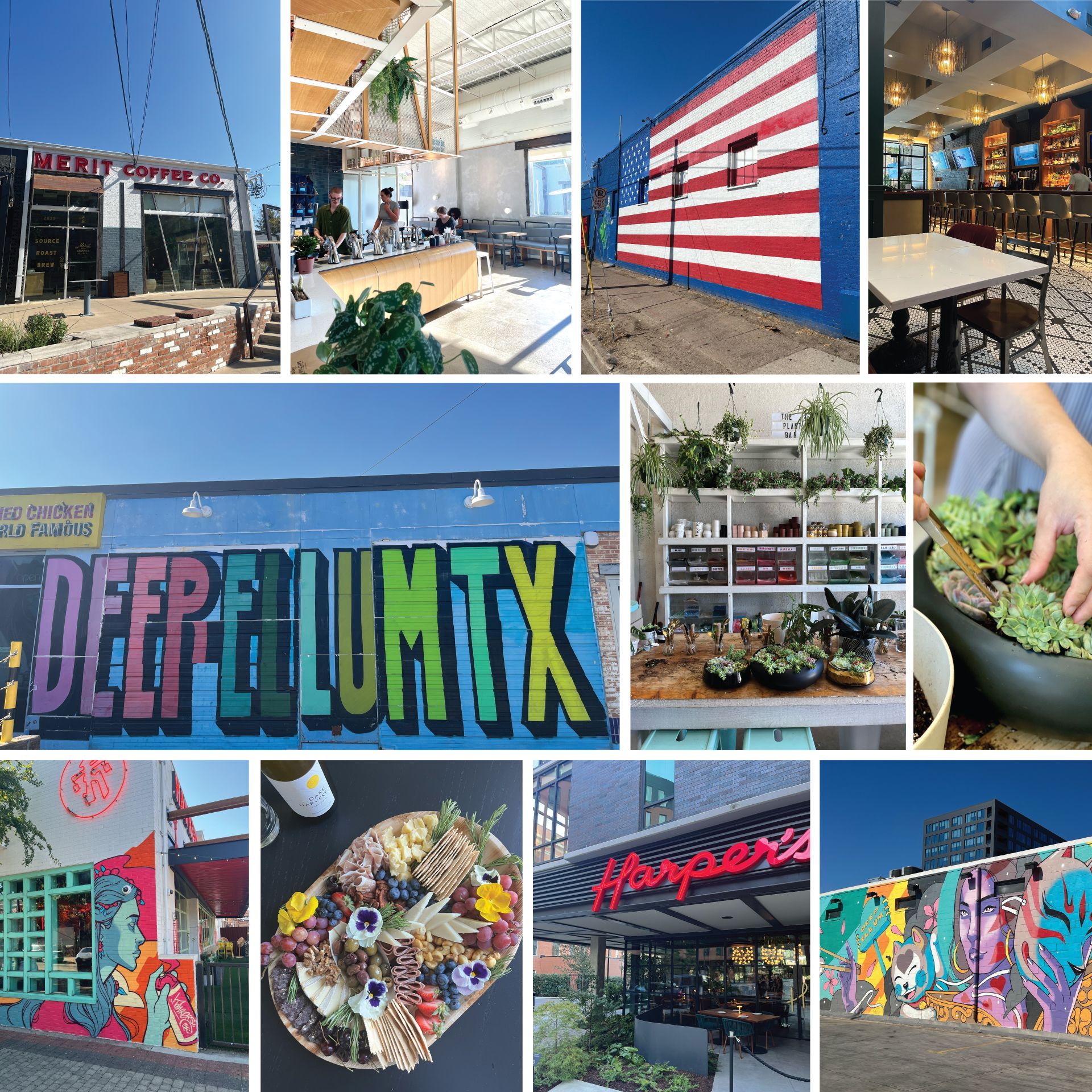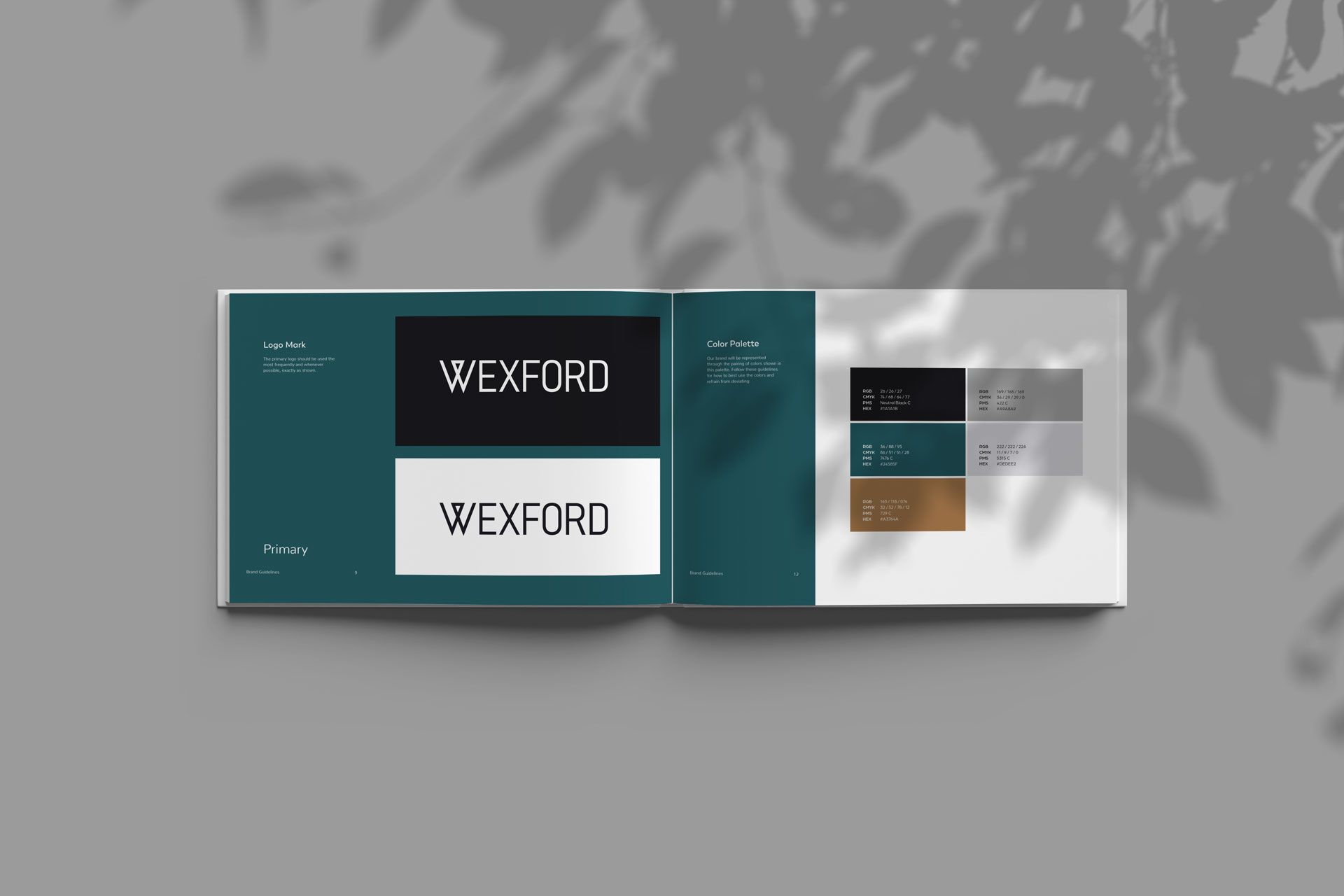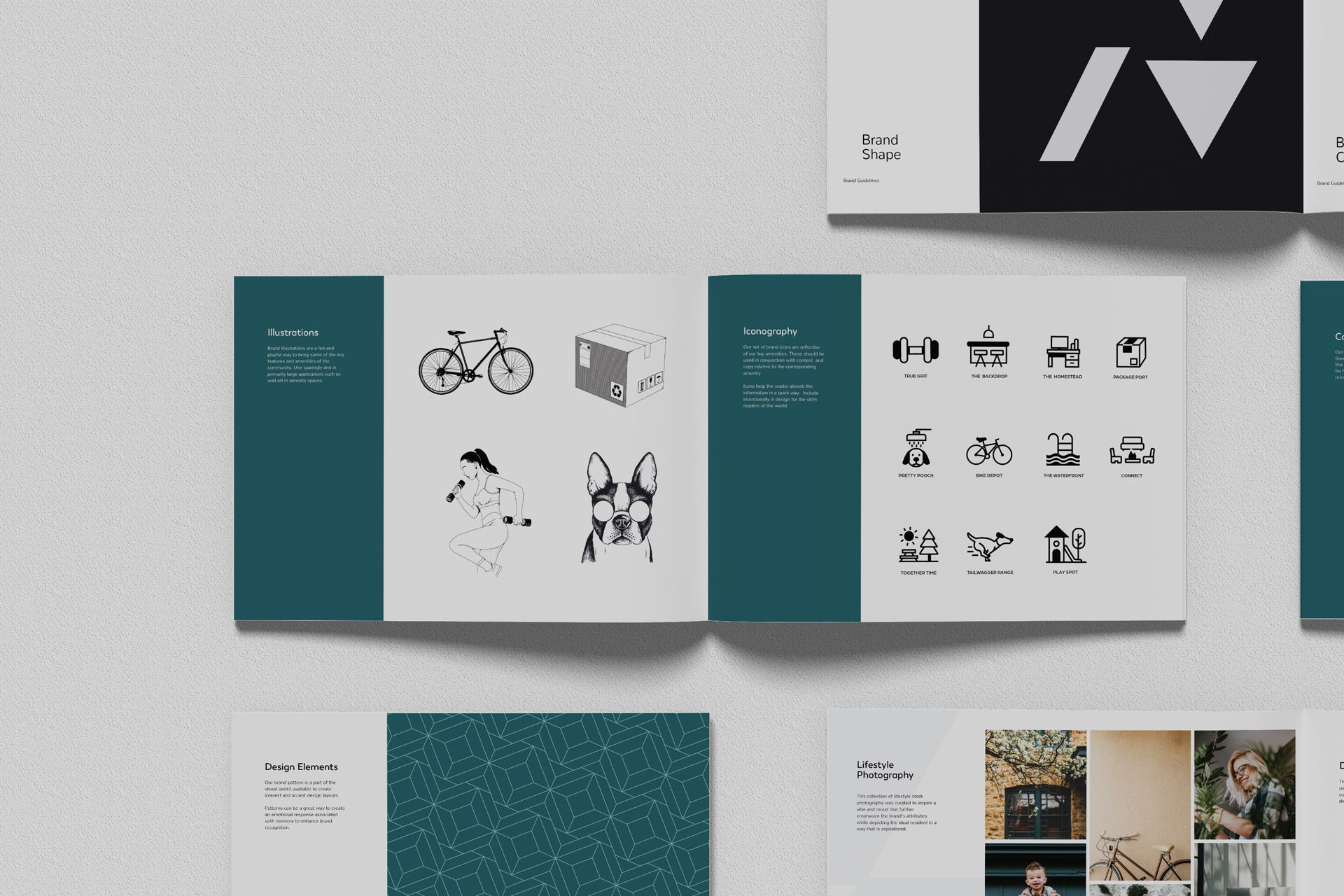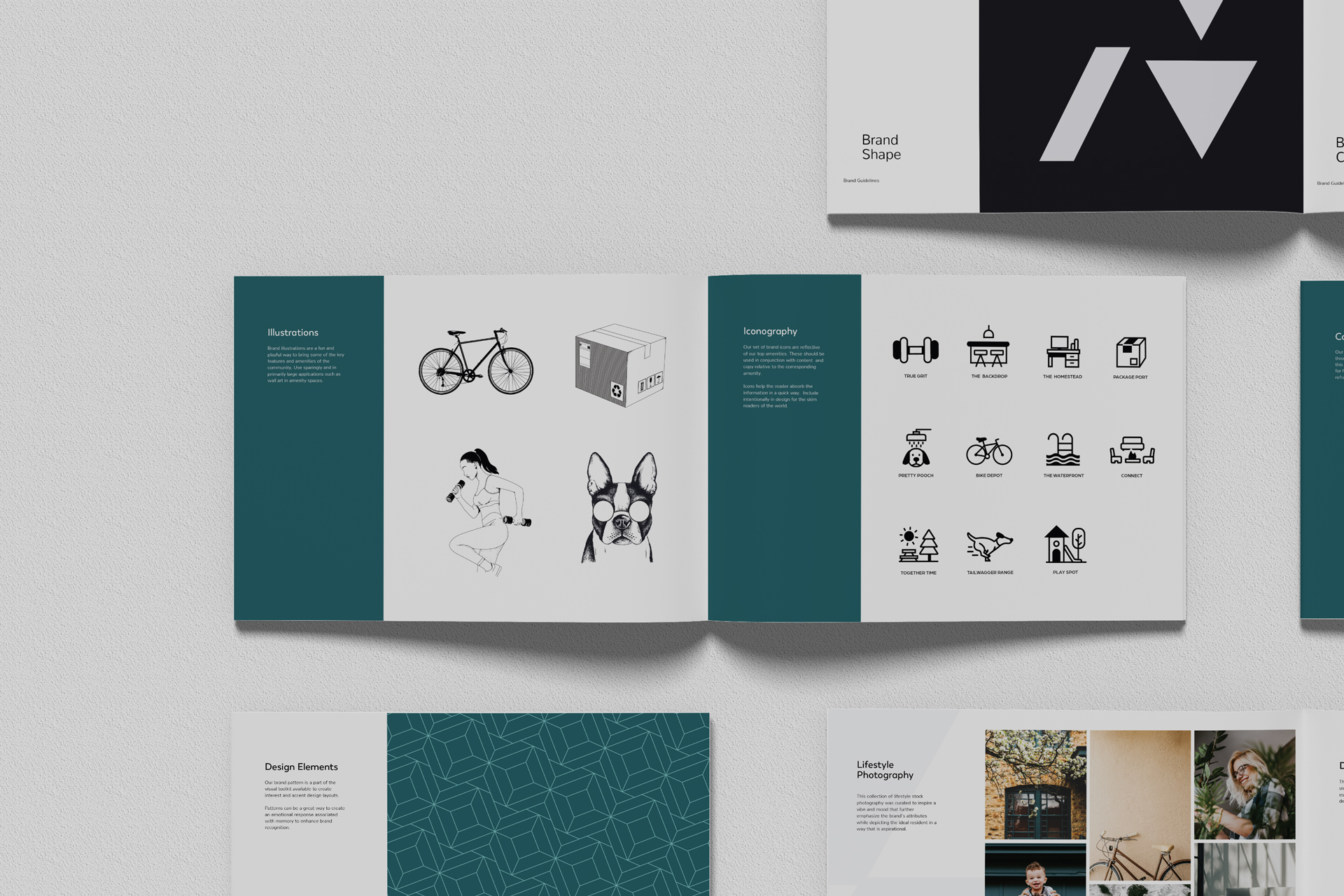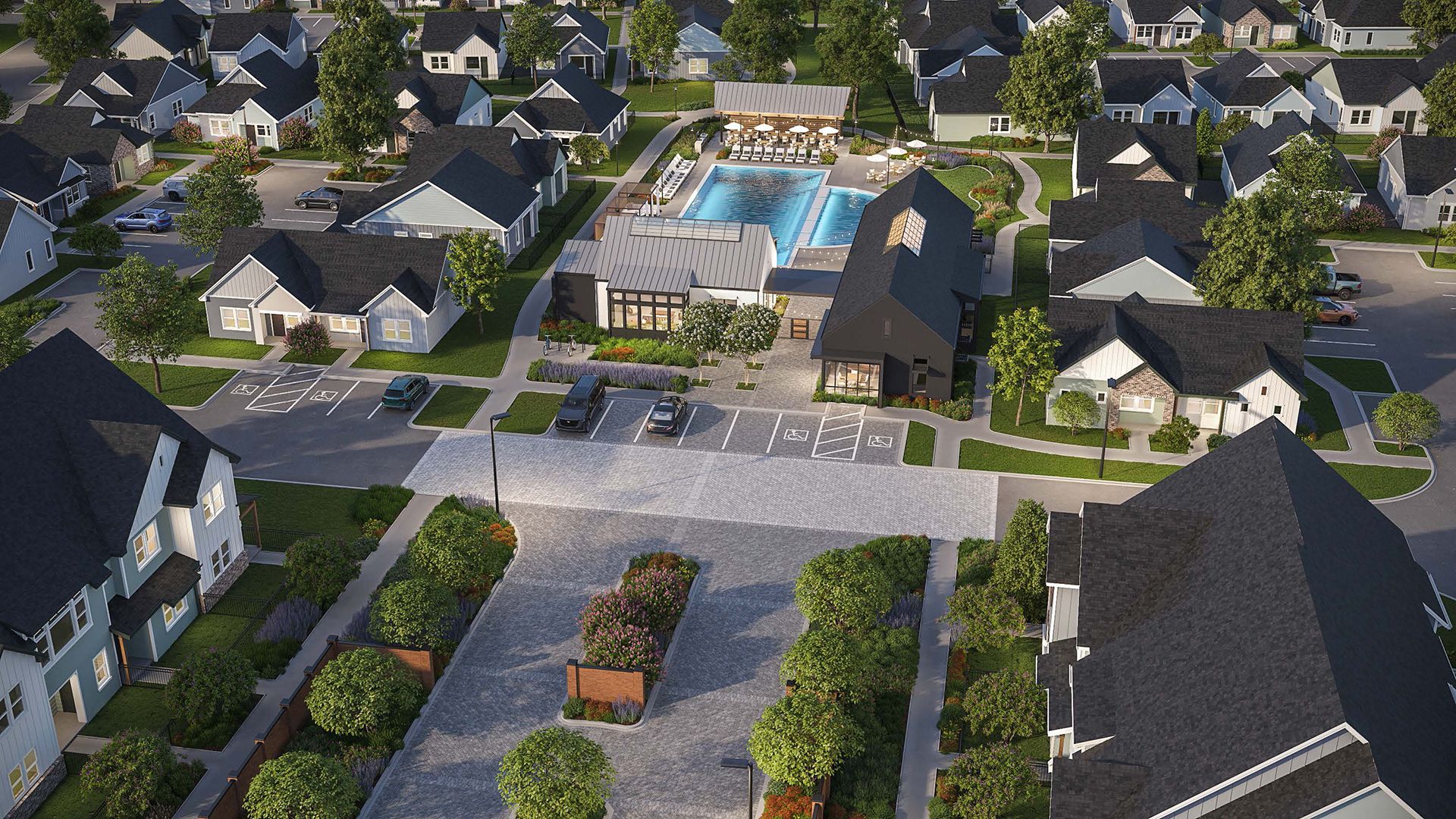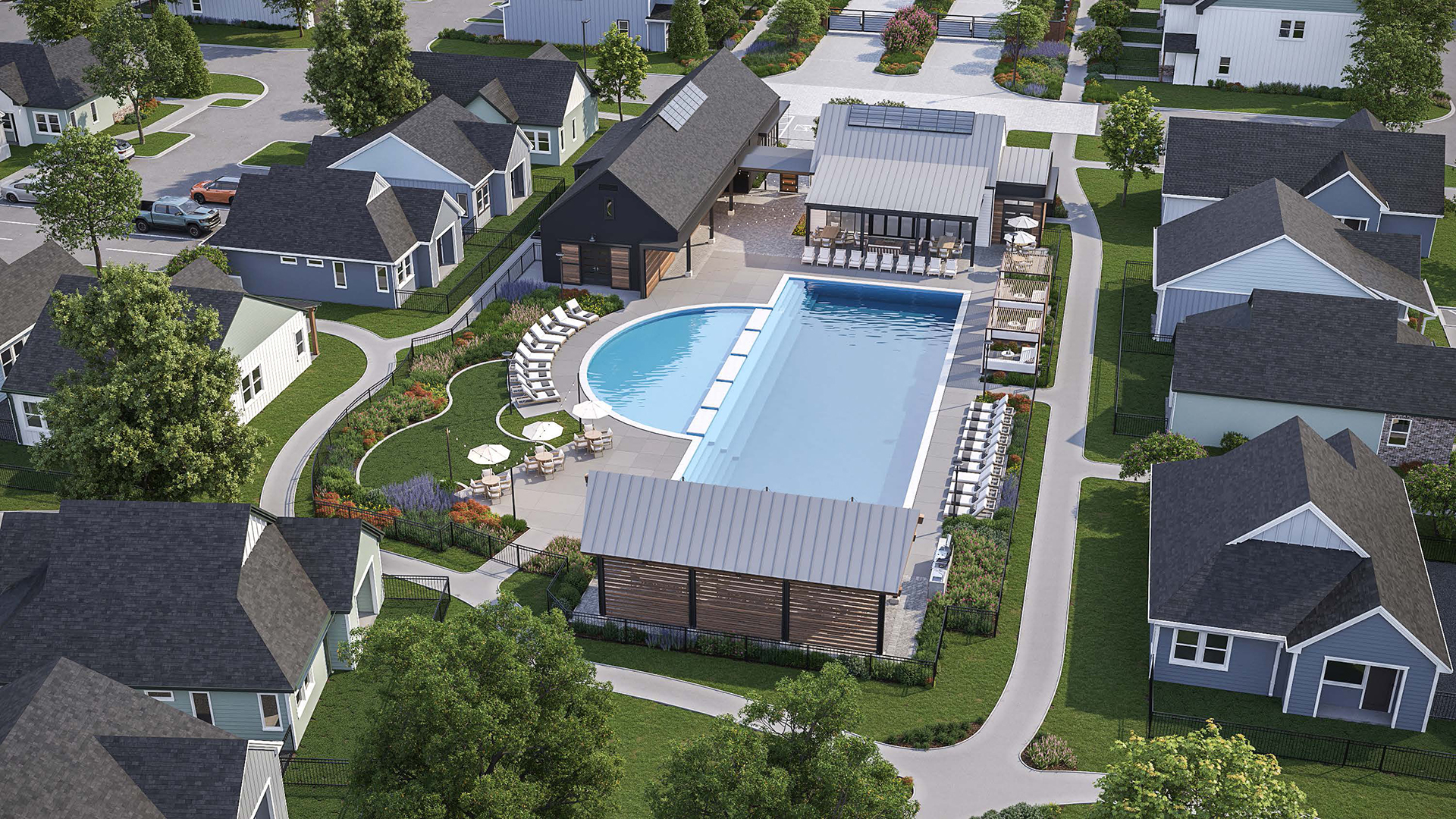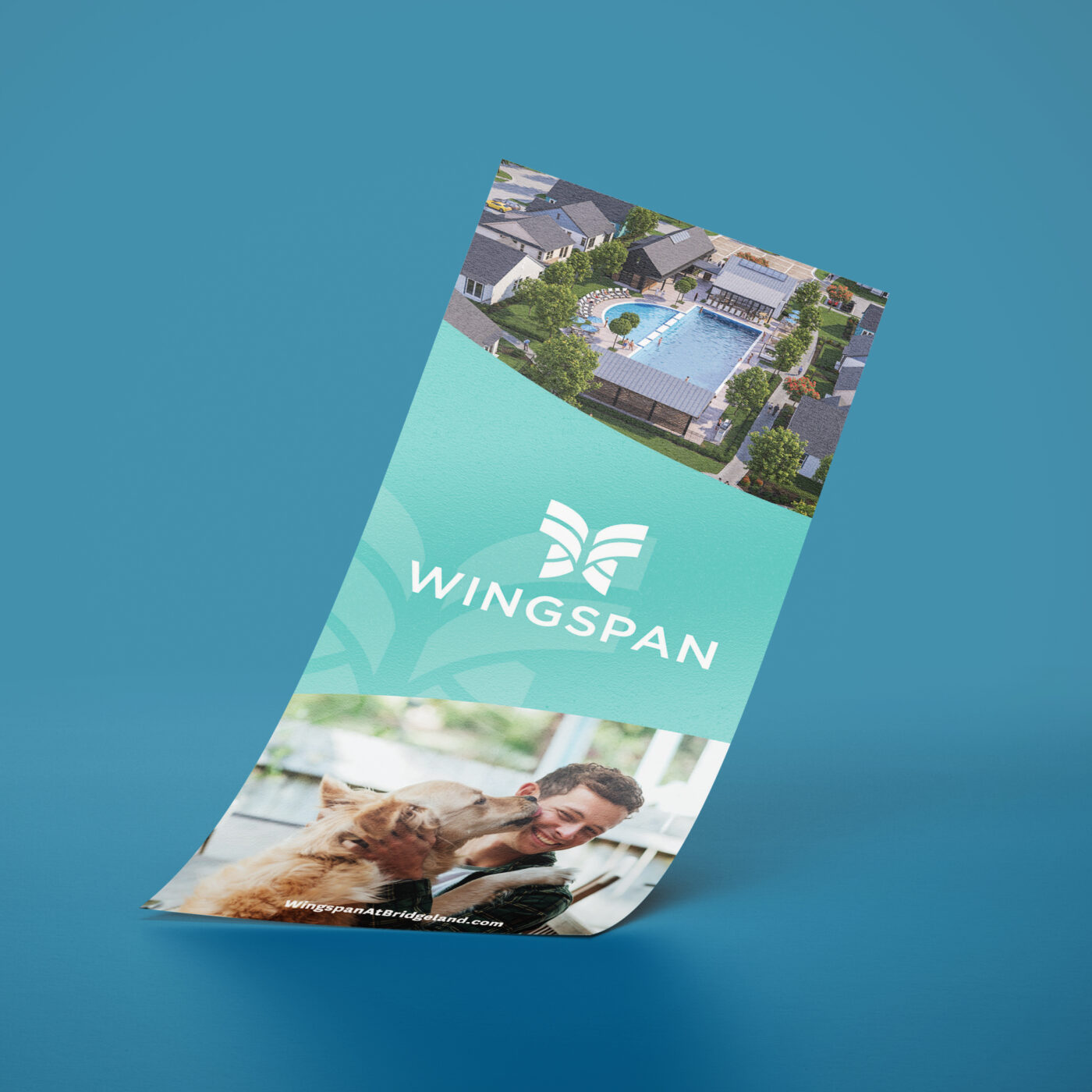Designing A Lifestyle Brand Apartment Community
What if your apartment community could communicate to your residents the same way that LuluLemon or Dunkin Donuts reached and engaged their customers? People are loyal to brands because of the community they can create within a specific niche.
Your brand can and should do the same as lifestyle brands like Nike, LuluLemon, Burberry, and Rolex. Not necessarily luxury—but more about what life they’ll lead when they live at your apartments.
But how? More on that soon. First let’s address what makes a brand irresistible or attractive.
Attracting Residents to the Lifestyle at Your Apartments
People have a desire to be part of something bigger than themselves. Something that either reflects them or attracts them. This generally falls into one (or more) of a few camps: Trendy or Relatable or Representative or Aspirational. Get ready to head into lifestyle brand apartment community territory with these:
TRENDY
Brand pioneers know what’s coming around the bend. Or they’ll buck whatever that might be and offer something completely different than the competition. If their instincts are good, residents will be flocking to have just one piece of that brand for themselves—preferably before “the Joneses” next door get it.
Example: Whatever the next big idea Apple comes up with. Right?
RELATABLE
Bringing the answers and having a brand that touches something in your resident’s psyche? Ah, yes. Feels like home already. By being relatable and touching on something already in your residents, you can help them feel like you’ve got the answers to their questions, and you are the missing piece in the puzzle of their life.
Example: Converse sneakers. You’ve probably owned a pair. And they focus on user-generated content and casual marketing that’s not salesy.
REPRESENTATIVE
“This is who I am” is a motto we are hearing again and again. If one can find a brand that can also echo that sentiment and show the world that you’re: 1) an outdoorsy type; 2) a fashionista; 3) a bookish introvert; or 4) into the Dark Arts etc. then that brand will be a favorite—because it helps one assert their (seemingly) unique identity.
Example: Subaru Outback. All campers everywhere, all adventurers anywhere, and people who really love giving back and keeping their families safe. Their tagline is pretty sweet, too. LOVE. It’s what makes a Subaru a Subaru. (You can just picture a group around a campfire, or a family pulling up to their big Christmas gathering—all warmth.)
ASPIRATIONAL
While it’s typically reserved for luxury brands, it can also be for outdoor brands, as well. Wish-I-actually-did-yoga pants from LuluLemon, for example. Or a keychain from a luxury car brand, like Aston Martin.
However, your apartment community can be something that is attainable. And is something that your residents can aspire to: downtown living or another such dream that they’re hoping to check off the list.
What Makes Customers Loyal?
Next, you need to figure out what makes them loyal. Leading brands today have zeroed in on these pieces to offer something specific to their customers. You can use these methods to create a lifestyle brand with your community, too. If your community has offered a full “lifestyle” to your residents, then there’s a much better chance that they’ll stay.
PRODUCTS
“We have what you want.”
If you have what they’re looking for (e.g. a pet-friendly studio in the Atlanta metro) they’ll be more likely to take a tour. Additionally, supply and demand rules apply here. Since there’s a limited number of apartments in a building, if you’re located in a more desirable neighborhood, then you know you’re in a great position. And your product (apartments!) could be extremely popular.
ATMOSPHERE, AESTHETIC, AND STYLE
“It’s a whole vibe.”
This is where you can get creative with your branding. Latch onto what is most interesting and fun and build up the community within that. Birds of a feather flock together. So if you’ve got something indie going, you’ll attract more hipsters. If you have something preppy, you’ll double down on popped collars. If you’re California Cool, you’ll get people that either reflect or aspire to that beachy, casual vibe.
CULTURE
“We don’t do that here.”
Brand values are a huge part of the culture. Patagonia comes to mind. “Doing no unnecessary harm” is one of their core values. They even have a portion of their site dedicated to Worn Wear—where you can purchase used Patagonia gear (plus a section on how to repair your pieces). Pretty clear connection between what they say and what they do there. With your apartment community, you can make clear the culture through your values and communicate that internally and watch how it grows externally. If your culture is curiosity and kindness, that will attract residents through your on-site staff.
BRAND PERCEPTION
“Why, what have you heard?”
Reputation is a big one. And sometimes it’s not word of mouth that makes the impact. It’s simply your prospects’ and residents’ feelings, experiences, and thoughts about your brand. You may say you stand for X, but they may already have preconceived notions that you stand for Y. If it’s positive, it could work in your favor. But don’t forget about brand authenticity: work towards making the first impressions match their last impressions. Reviews can’t do it all for you, since they’ll often span the spectrum from angry 1-star reviews to untrusted 5-star reviews. Create the buzz around town and boost your rep.
TAKE FINE DINING, FOR EXAMPLE
Take a page from the menu at your favorite restaurant and lean into your ambience, the quality of your offering, the complexity of your flavors, and the sweet vibe you’re putting out (with lighting, colors, and staff interactions). Every part of a dining experience can attract more eaters.
Think about it this way: You’re not going to a nice restaurant to simply get calories. You’re going for the full experience—delightful flavors, perfect service, great recommendations, and the satisfaction of not having to do any dishes when you get home. It’s more than a meal. Likewise, you’re selling more than an apartment.
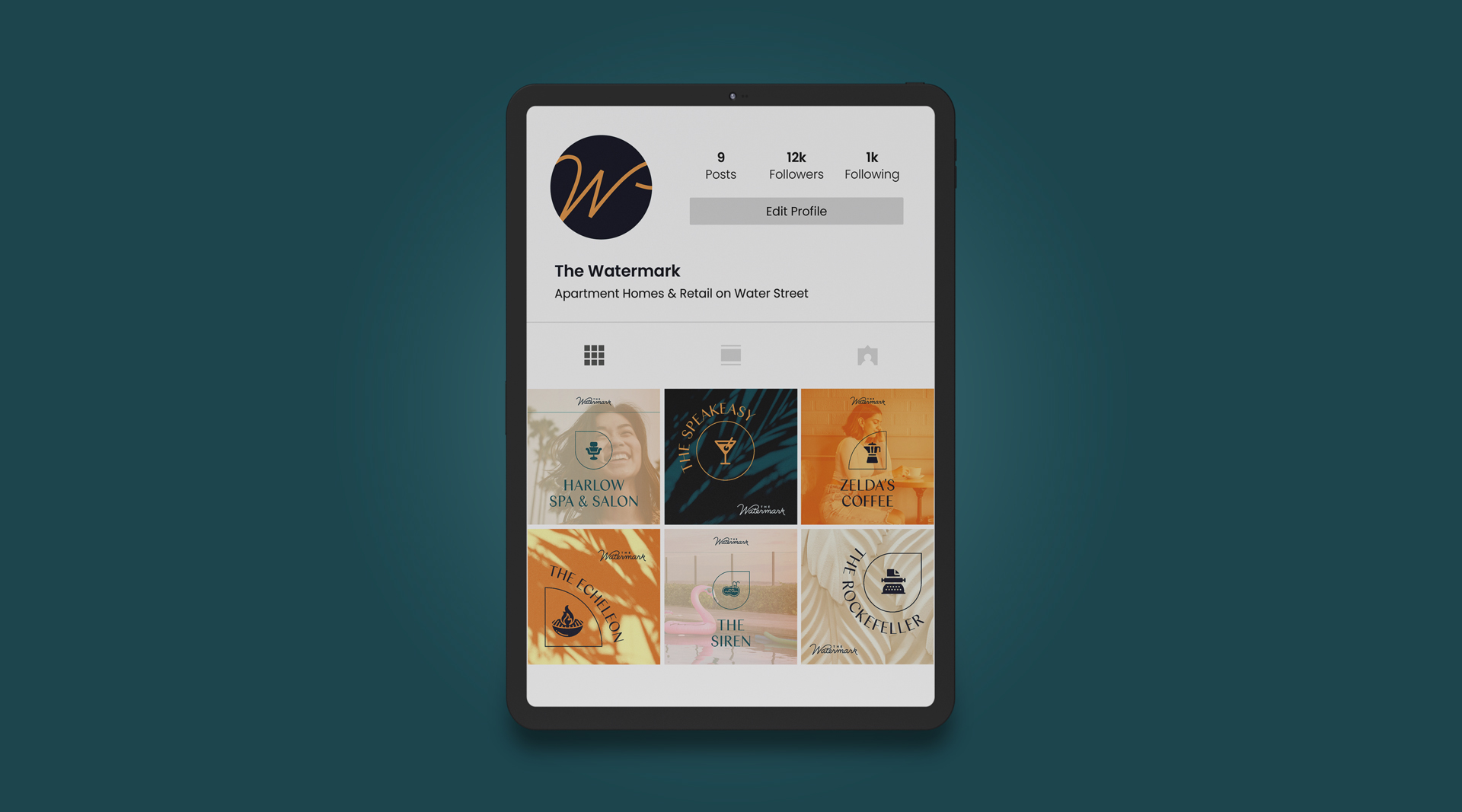
Make Your Own Lifestyle Brand Apartment Community
When you can understand what drives decisions, you can position your brand to be in that prospect’s line of sight for what they most desire. Do this through research, marketing, and storytelling. Tap into the core of who your prospects are, and the things they most identify with when designing your brand.
RESEARCH
What kind of TV do they watch? What movies have they seen or love? What books are they reading and what podcasts do they listen to on the way to work? Seeing the full picture of your ideal resident profile’s (IRP) preferences helps understand what they most desire, and where their interests will lead them. Don’t skip your apartment brand research and discovery. It will give you the insight you need for every step after.
BEHAVIORAL MARKETING
Once you have a clear picture of your prospect (thanks, research!), you can create an IRP and begin marketing according to your prospects’ and current residents’ behavior. Meet them where they are and make it easier. Predict what they’ll be most interested in and deliver it on a platter. You are the solution.
STORYTELLING
You and I both know that words matter. Finding your brand’s voice and telling the story of your community will bring you one step closer to a signed lease. Storytelling in multifamily is a great connector, and one that will help prospects identify with your community’s brand.
BONUS: PHOTOS
Have you come all this way to realize that the stock photography you chose isn’t following the path that you’ve carved out for your apartment brand? It’s easy to forget about. Residents are visual. They want to put eyes on what you’re offering, as well as what kind of lifestyle they might be living (social, cozy, adventurous, etc.) while they’re a resident in your community. Several of our blogs touch on the importance of choosing the right photos, but particularly when it comes to stock photography—you want to choose the ones that align with the lifestyle you’re claiming to offer.
A lifestyle brand apartment community? It can be done. Hope you’re ready to do the work of research and connection.
